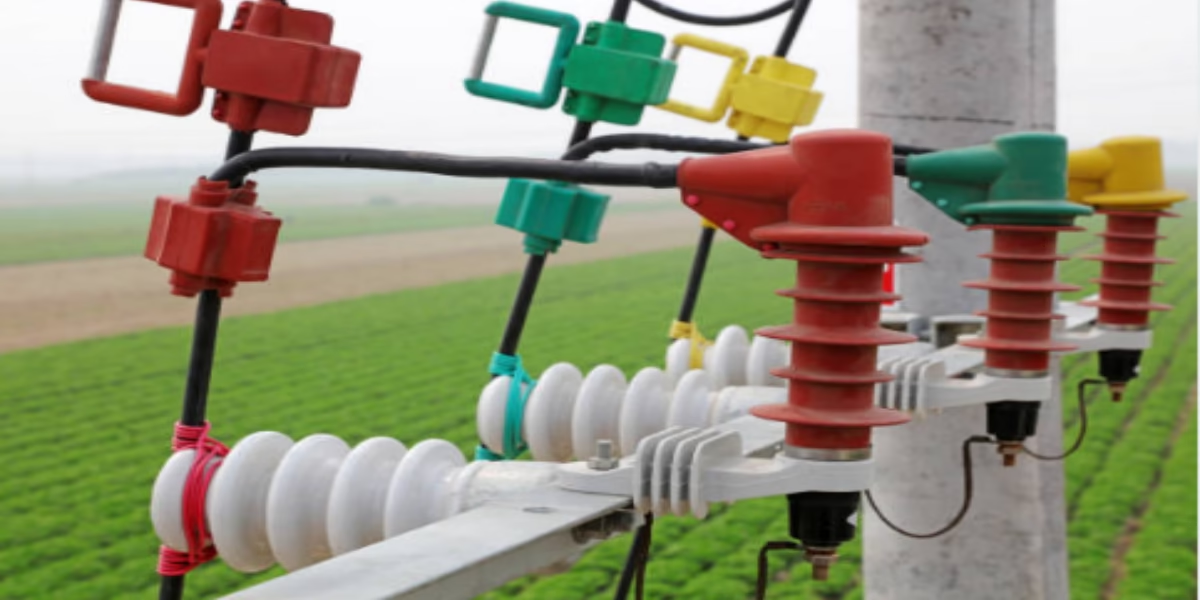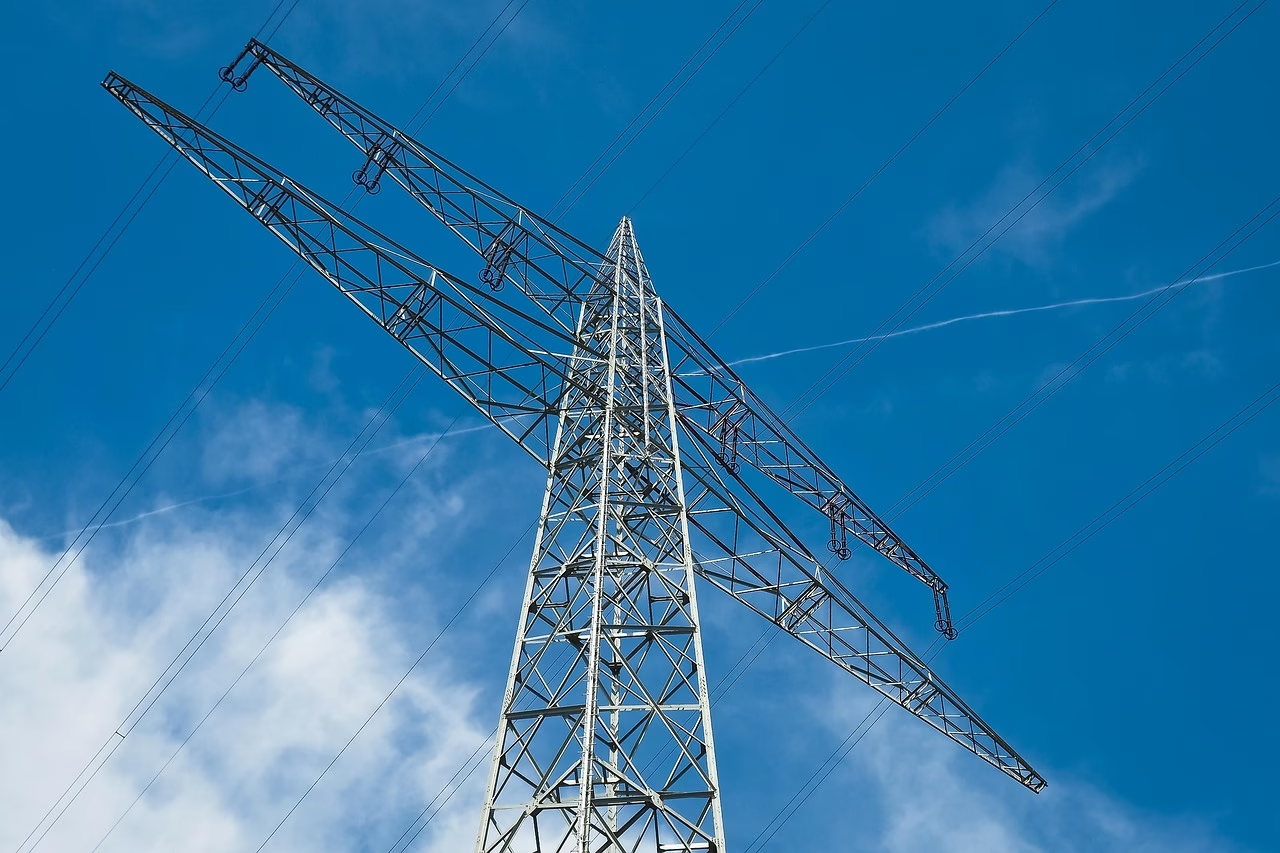essentials of Electrical Power Fitting: A Extensive Guide
In the intricate web of modern infrastructure, the role of electrical power fitting stands as a silent sentinel, ensuring that energy flows seamlessly and efficiently from generation to consumption. From the flick of a switch that illuminates a room to the robust systems powering entire cities,the significance of this often-overlooked discipline is immense. As technology advances and the demand for reliable energy sources grows, understanding the essentials of electrical power fitting becomes crucial not only for professionals in the field but also for anyone interested in the mechanics of energy distribution.
In this comprehensive guide, we will delve into the critical components of electrical power fitting, exploring the principles that govern the design, installation, and maintenance of electrical systems. Whether you are a seasoned electrician, an aspiring technician, or simply a curious reader, our aim is to provide you with valuable insights and practical knowledge that can enhance your understanding of this vital area of expertise. Join us as we illuminate the pathways of electrical power fitting, unraveling the fundamentals that keep our world charged and connected.
Table of Contents
- Understanding Electrical Power Fitting Fundamentals
- key Tools and Equipment for Efficient Power Fitting
- Best Practices for Safety and Compliance in Electrical Installations
- Troubleshooting Common Issues in Power fitting Systems
- Q&A
- In Summary
understanding Electrical Power Fitting Fundamentals
Electrical power fitting is a critical aspect of any electrical system,involving the connection and integration of various components to ensure efficient energy use. Understanding its fundamentals is essential for professionals and enthusiasts alike. Key concepts include:
- Voltage and Current: Voltage represents the potential difference that drives current through a circuit, while current is the flow of electric charge.
- Resistance: This is the opposition to current flow, steadfast by the materials used in the wiring.
- power Calculation: Power is calculated using the formula P = VI, where P is power in watts, V is voltage, and I is current.
Moreover, the choice of fittings and connections plays a significant role in ensuring safety and functionality. It’s vital to select the right materials that can handle the expected load and environmental conditions. Consider the following when choosing fittings:
| Fitting Type | Material | Applications |
|---|---|---|
| Connectors | Brass, Copper | Power distribution, Circuit connections |
| Switches | Plastic, Metal | Control circuits, Lighting |
| Cables | Aluminum, Copper | Extensive wiring, Transmission |
Key Tools and Equipment for Efficient Power Fitting
Accomplished power fitting requires a well-organized set of tools that not only streamline the process but also enhance safety and accuracy. Wire strippers and crimping tools are essential for preparing electrical connections, allowing for precise stripping of insulation and fast, reliable crimping of terminals. Additionally, having a good set of screwdrivers, including both flathead and Phillips types, can make installation and maintenance tasks much easier.Multimeters are indispensable for electrical testing, enabling technicians to measure voltage, current, and resistance, thereby diagnosing issues effectively.
In addition to basic hand tools, certain specialized equipment can substantially contribute to efficiency. Cable locators help identify hidden wires and secure your work environment by preventing accidental damage. When working at heights, insulated ladders ensure safety from electrical hazards. For larger projects, power tools such as impact drivers and cordless drills can speed up installation, allowing for quicker and more efficient handling of heavy-duty connections. Lastly, consider investing in personal protective equipment (PPE), such as insulated gloves and safety glasses, to ensure the safety and well-being of all team members involved in power fitting tasks.
Best Practices for Safety and Compliance in Electrical Installations
Ensuring safety and compliance in electrical installations is paramount to protecting both individuals and property. Begin by adhering strictly to local regulations and standards, such as those set forth by the National electrical Code (NEC). Conduct regular training for your team to keep them updated on the latest safety protocols. ItS essential to always use proper Personal Protective Equipment (PPE) while working on-site, which may include helmets, gloves, and non-conductive footwear. Implement a system for identifying and mitigating potential hazards to create a safe working environment. Regular inspections should also be scheduled to ensure that all systems are functioning properly and compliant with safety laws.
Along with following strict regulations, fostering a culture of safety awareness among workers enhances compliance. Encourage open communication regarding safety concerns and provide easy access to safety resources and information. Utilizing the following checklist can serve as a rapid reference for essential safety practices:
- Conduct pre-installation risk assessments
- Ensure all tools and equipment are in safe working order
- Label circuits clearly to avoid confusion
- Maintain a clean work area to prevent accidents
- Keep emergency numbers accessible at all times
Moreover, to cement good practices, consider maintaining a compliance tracking system. A sample compliance table could look as follows:
| Compliance Item | Status | Last Inspected |
|---|---|---|
| Grounding Systems | ✔️ Compliant | 2023-09-15 |
| Wiring Insulation | ❌ Needs Attention | 2023-08-10 |
| Emergency disconnects | ✔️ Compliant | 2023-09-20 |
This proactive approach not only meets legal regulations but also enhances the overall safety of electrical installations, ultimately leading to better project outcomes.
Troubleshooting Common Issues in Power Fitting Systems
When dealing with power fitting systems, various issues may arise that can hinder performance. Connection failures, as a notable example, frequently enough result from improper installation or corrosion. It’s essential to regularly inspect connections and ensure that thay are clean and secure. Additionally, overloading circuits can lead to disruptions; hence, it is crucial to check the load capacity of your fittings. Make sure to adhere to manufacturer specifications to prevent overheating and potential damage.
In some cases, faulty equipment can cause operational problems. Always verify that switches, circuit breakers, and fittings are functioning correctly by conducting routine checks. If inconsistencies arise, consider possible replacements or repairs. Moreover, incompatibility between components can lead to inefficiencies or failures—double-check that all parts are rated appropriately for the system. To summarize, being attentive to these common issues and implementing a proactive maintenance strategy can result in a smoother operation of your power fitting systems.
Q&A
Q&A on "Essentials of Electrical Power Fitting: A Comprehensive Guide"
Q1: What is electrical power fitting, and why is it essential?
A: Electrical power fitting refers to the installation and maintenance of electrical systems that distribute power to homes, industries, and commercial buildings.It’s essential because it ensures the safe and efficient delivery of electricity, which is fundamental for modern living and technological functionality.
Q2: what are the main components of an electrical power fitting system?
A: The main components include electrical panels, circuit breakers, transformers, wiring, and various fittings and connectors. Each part serves a specific function in managing and safeguarding electrical power flow.
Q3: can you briefly explain the electrical fitting process?
A: Certainly! the electrical fitting process involves several steps: planning the layout (to meet regulations and needs), selecting appropriate materials, installing the wiring and components, and finally testing the system to ensure it operates safely and efficiently.
Q4: What safety measures should be observed during electrical power fitting?
A: Safety measures include using insulated tools, wearing personal protective equipment (PPE), ensuring the power is switched off during installation, following local electrical codes, and conducting thorough post-installation testing to detect any faults.
Q5: Are there any common mistakes to avoid in electrical power fitting?
A: Yes! Common mistakes include improper wire sizing, neglecting grounding and bonding requirements, inadequate circuit protection selection, and skimping on quality materials. Such oversights can lead to inefficiencies and safety hazards.
Q6: How can one stay updated with the latest trends and technologies in electrical power fitting?
A: Staying informed can involve subscribing to electrical engineering magazines, attending workshops and seminars, participating in online forums, and engaging with professional organizations that focus on electrical standards and innovations.
Q7: Who can benefit from reading a comprehensive guide on electrical power fitting?
A: A variety of individuals can benefit,including electricians,electrical engineers,DIY enthusiasts,and even homeowners looking to understand electrical systems better. The guide serves as a valuable resource for practical knowledge and safety protocols.
Q8: What resources are typically included in such a guide?
A: Comprehensive guides usually include diagrams, step-by-step instructions, safety checklists, troubleshooting tips, code references, and case studies illustrating real-life scenarios and solutions in electrical power fitting.
Q9: Is it necessary to consult professionals for electrical power fitting, or can one undertake it alone?
A: While some individuals possess the skills to perform electrical power fitting tasks, consulting professionals is advisable, especially for larger or more complex installations. Not only does this ensure safety, but it also helps comply with local regulations and standards.
Q10: How can understanding electrical power fitting enhance one's overall electrical safety at home?
A: A solid grasp of electrical power fitting empowers individuals to identify potential hazards, make informed decisions about repairs and upgrades, and maintain their systems effectively. This knowledge fosters a safer living environment and minimizes the risk of electrical accidents.
This Q&A aims to encapsulate the essence of electrical power fitting, encouraging readers to appreciate the intricacies of this vital field while maintaining a focus on safety and best practices.
In Summary
As we draw the curtain on our exploration of the essentials of electrical power fitting,it's clear that this field is both an art and a science,demanding precision,knowledge,and a nuanced understanding of the complexities involved. From the fundamental components to the intricate systems that power our daily lives, the realm of electrical power fitting is a crucial foundation for modern infrastructure.
Equipped with the insights gleaned from this comprehensive guide, you are now better prepared to navigate the landscape of electrical power fitting. Whether you're a seasoned professional, a budding technician, or simply curious about the inner workings of our energy systems, remember that continuous learning and adherence to safety practices are paramount.
As technology evolves and our energy demands grow, the skills and knowledge related to electrical power fitting will remain essential. We encourage you to stay curious and engaged, to seek out further resources, and to embrace the ever-changing dynamics of this vital field. May your journey in electrical power fitting be illuminating and empowering, lighting the way for a sustainable and electrifying future.





